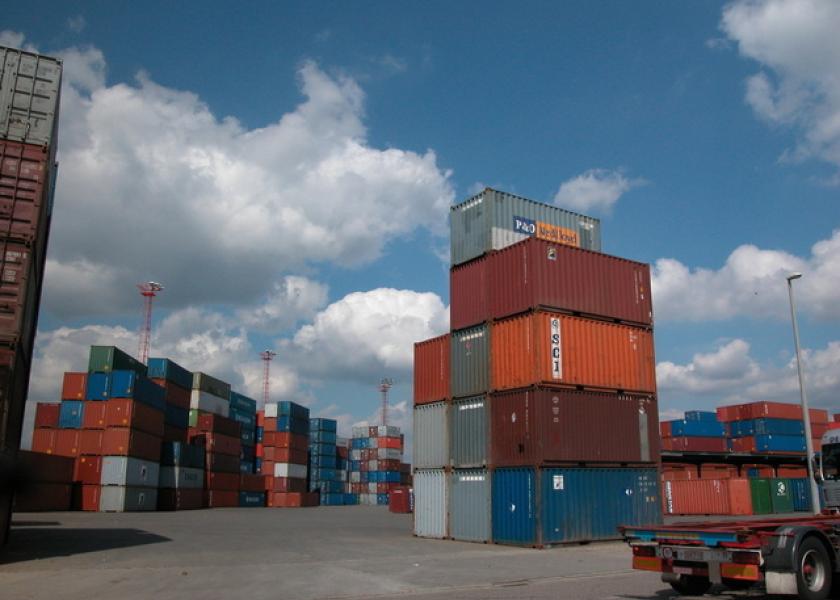NAFTA: Perception Vs. Reality

Everyone has an opinion on NAFTA, it seems. President Trump even once called it “the worst trade agreement ever” and made official moves earlier this week to renegotiate the trade deal. But how effective (or not) is NAFTA, really?
According to a recent evaluation conducted by Texas A&M University economist Raymond Robertson, NAFTA has had positive effects for both the U.S. and Mexico. Robertson filed a policy brief, “The NAFTA Intellect Disconnect,” to elaborate.
“The objections to NAFTA are really about labor market adjustment problems more broadly,” he says. “Ending NAFTA won’t solve these problems. Furthermore, Canada and Mexico are the United States’ top trading partners, and empirical evidence shows that all three countries reap significant economic benefits from the relationship.”
Robertson looked at, among other things, the amount of goods traded between the U.S. and Mexico. Between 1994 and 2015, these two countries saw that amount quintuple. U.S. exports to Mexico went from $50.84 billion to $235.7 billion, and U.S. imports from Mexico went from $49.5 billion to $296.4 billion. Goods traded between the U.S. and Canada doubled during the same time period.
Outsourcing further complicates the picture, Robertson notes. The automobile sector, for example, will produce parts in the U.S., ship them to Mexico for assembly, and ship them back to the U.S. for further processing.
“As a result, the most accurate way to think of the NAFTA economic area is as one integrated economy rather than three separate working ones,” Robertson argues. “That is, rather than thinking of Mexico as a competitor, we should think of Mexico as a partner in our national production process … because they are [often] part of the same production process.”
Read the entire brief here.







